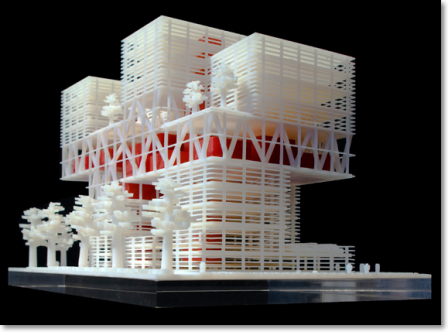5 Important 3D Printing Tips and Techniques For Beginners

Remember when having your own personal printer at home was a big deal? If you were born after 1990, probably not. But these days printing has evolved. Now you can do so much more than print out documents and color photos on your home printer. With the introduction of 3D printers to the consumer marketplace, you can now create 3D objects in virtual space on your computer and send the file to a machine to be printed into 3-dimensional existence. If you’re a fan of sci-fi shows like Star Trek, the replicator might come to mind. Of course, as a beginner you may be excited to try 3D printing, but understandably concerned about the price tag and the learning curve. Fear not; prices are coming down and with plenty of online tutorials, forums, and some trial and error, novices can quickly learn to create beautiful, practical, and incredible 3D objects with a 3D printer. Here are some tips to get you started.
